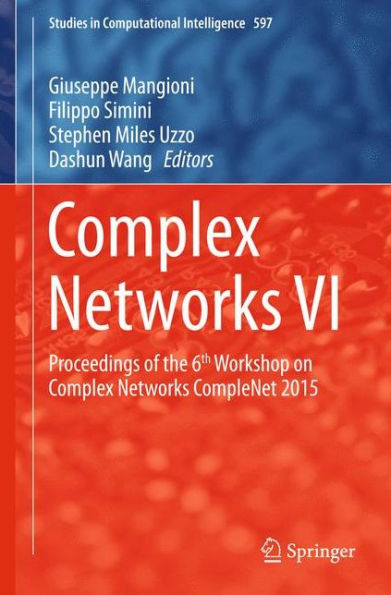Over the past decade, advances in computational power have put the tools of network analysis in the hands of increasing numbers of scientists, enabling more explorations of our world than ever before possible. Information science, social sciences, systems biology, ecosystems ecology, neuroscience and physics all benefit from this movement, which combines graph theory with data sciences to develop and validate theories about the world around us.
This book brings together cutting-edge research from the network science field and includes diverse and interdisciplinary topics such as: modeling the structure of urban systems, behavior in social networks, education and learning, data network architecture, structure and dynamics of organizations, crime and terrorism, as well as network topology, modularity and community detection.
Over the past decade, advances in computational power have put the tools of network analysis in the hands of increasing numbers of scientists, enabling more explorations of our world than ever before possible. Information science, social sciences, systems biology, ecosystems ecology, neuroscience and physics all benefit from this movement, which combines graph theory with data sciences to develop and validate theories about the world around us.
This book brings together cutting-edge research from the network science field and includes diverse and interdisciplinary topics such as: modeling the structure of urban systems, behavior in social networks, education and learning, data network architecture, structure and dynamics of organizations, crime and terrorism, as well as network topology, modularity and community detection.

Complex Networks VI: Proceedings of the 6th Workshop on Complex Networks CompleNet 2015
232
Complex Networks VI: Proceedings of the 6th Workshop on Complex Networks CompleNet 2015
232
Product Details
| ISBN-13: | 9783319161112 |
|---|---|
| Publisher: | Springer International Publishing |
| Publication date: | 03/15/2015 |
| Series: | Studies in Computational Intelligence , #597 |
| Edition description: | 2015 |
| Pages: | 232 |
| Product dimensions: | 6.10(w) x 9.25(h) x 0.02(d) |
